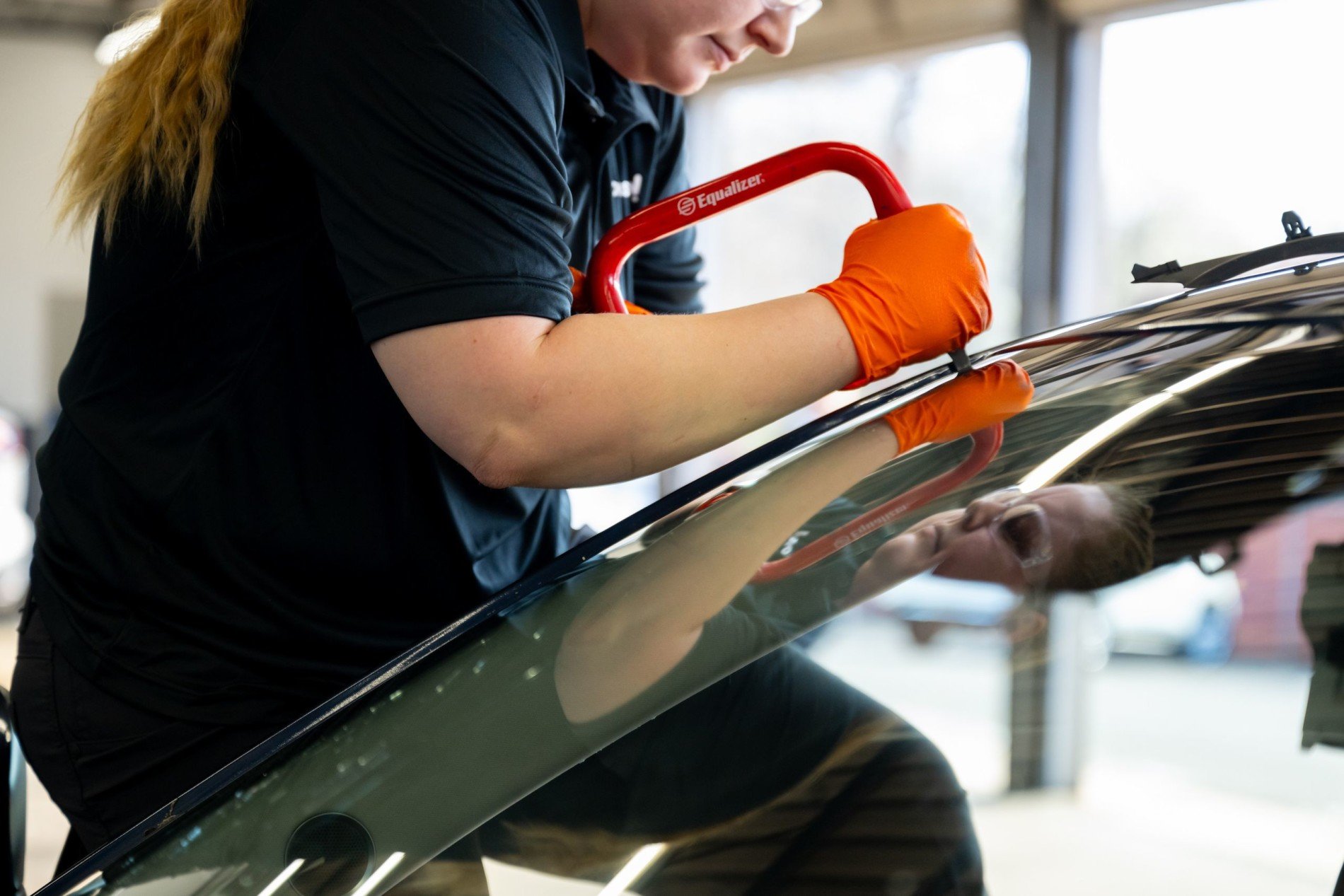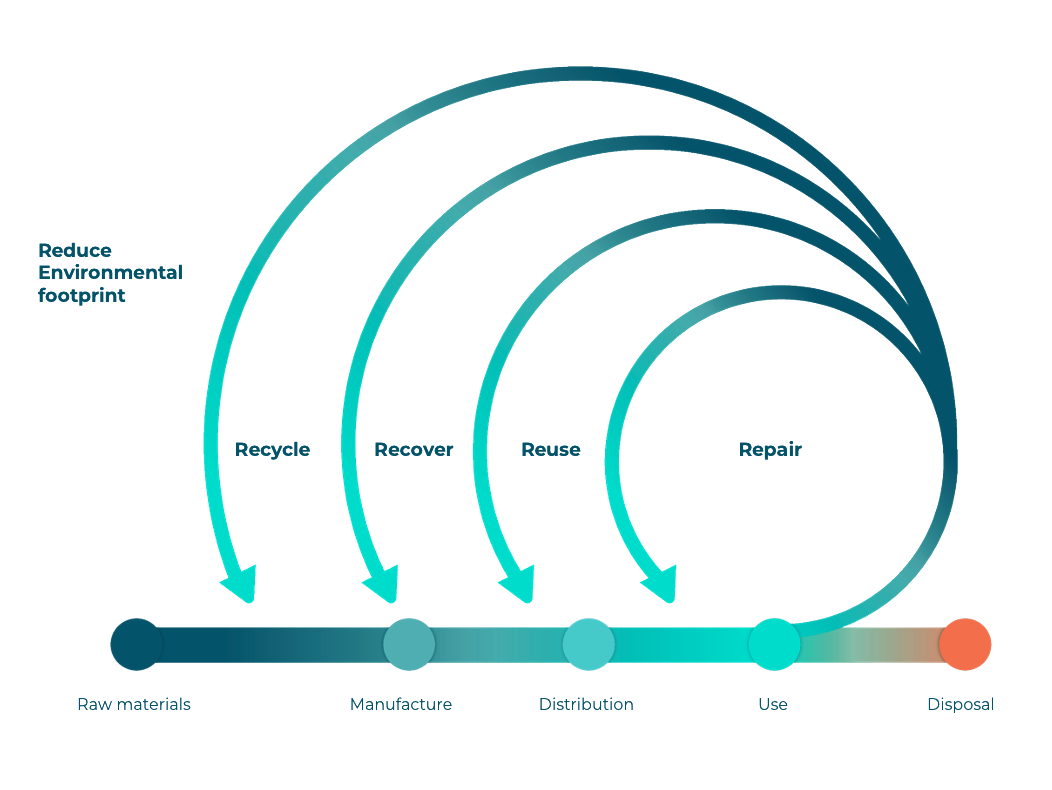
CIRCULARITY IN ACTION: REINVENTING AUTOMOTIVE GLAZING AFTERMARKET FOR A SUSTAINABLE FUTURE.
Client: France Pare-brise, Glassdrive, Sekurit Service, (Saint Gobain)
Freelance Project
My role: Strategic Designer
Expertises:
RESEARCH
STRATEGY DESIGN
WORKSHOPS FACILITATION
Context
Saint-Gobain’s fitting and windshield repair brands are committed to minimizing their environmental impact by rethinking every stage of the value chain. From sourcing and logistics to installation and end-of-life processes, they are actively working to embed sustainability into every aspect of their operations—paving the way toward a more responsible and future-ready model for the fitting industry.
As a Strategic Designer, I collaborated closely with stakeholders and fitters in order to:
Identify effective initiatives and proof points to influence, inform, and educate target audiences on sustainable business practices that address both environmental and social impacts.
Set new standards within the fitting industry, challenging competitors and demonstrating leadership in sustainability.
COLLECTIVE STRATEGY WORKSHOPS
Led cross-functional teams across Europe—from marketing to sustainability—in dynamic, co-creative workshops.
Together, we analyzed market positioning, mapped stakeholders, evaluated engagement strategies, and assessed ongoing initiatives and challenges to drive actionable insights.
VALUE CHAIN EXPLORATION
Strategic pillars to drive the transformation of the traditional fitting activity model.
4 key pillars have been identified across the entire value chain as effective actions to initiate and/or drive the transformation of the traditional model:
–> Sourcing & Logistics
–> User Experience & Stations
–> Waste & End of Life Management
–> Capacity Building & Social Engagement
STRATEGIC ACTIONS
TRANSFORMING THE TRADITIONAL MODEL
By adopting a circular economy-focused and responsibility-driven approach that spans the entire value chain—spanning from upstream services to end-of-life management.
To support actors and partners in adopting sustainable practices, we recognized the need for messaging that is both relatable and aligned with their core business values.
By framing our actions around the 5R principles, we clearly demonstrate how we contribute to change across the key pillars of the circular economy model:
REPAIR - Product innovation to prioritize Reparation-first
RECOVER - Take-back services for waste treatment
RECYCLE - Turn waste into resources
REDUCE - Reducing our impacts based on transparent Carbon footprint (LCA)
REUSE - 2nd hand market
EUROPEAN LAUNCH
Sekurity Service officially launches its new services and strategic marketing approach across Europe, reinforcing its ambition to lead sustainably in the automotive aftermarket. This commitment is brought to life through concrete actions:
Promoting #REpair
Offering #REcovery service
Ensuring #REcycling
Developing products with a #REduce environmental impact









